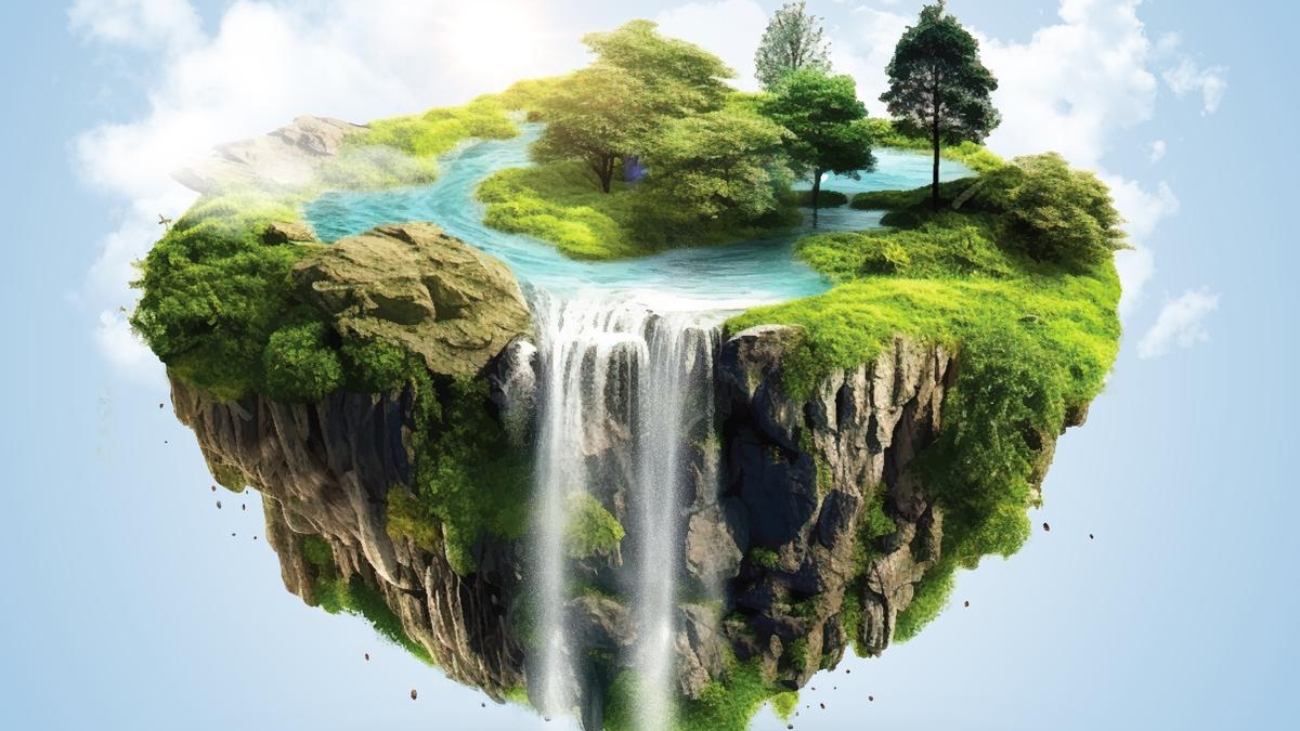Art, as an expressive form, has evolved through the ages, reflecting the cultural, social, and technological changes that have shaped humanity. From the primitive cave paintings of our ancestors to the cutting-edge digital masterpieces of today, the journey of art is a testament to human creativity, imagination, and innovation. In this article, we embark on a captivating exploration of the evolution of art, tracing its transformative path through history to the contemporary digital era.
Cave Paintings & Petroglyphs: The Dawn of Evolution of Art
The roots of art trace back tens of thousands of years to the Paleolithic era, where early humans created mesmerizing cave paintings and etched petroglyphs on cave walls and rocks. These ancient forms of art depicted animals, human figures, and everyday life, providing valuable insights into the prehistoric cultures and belief systems of our ancestors.
The Evolution of Art of Antiquity: Classical and Ancient Civilizations
In the ancient world, art flourished in the civilizations of Egypt, Greece, Rome, and beyond. Classical sculptures, intricate mosaics, and stunning frescoes adorned temples, palaces, and public spaces. These masterpieces celebrated mythological figures, historical events, and the ideals of beauty, leaving an indelible mark on art history.
The Renaissance: A Rebirth of Evolution of Art & Humanism
The Renaissance marked a profound shift in art during the 14th to 17th centuries. Emphasizing humanism, artists sought to portray the human form with greater realism and emotional depth. The works of Leonardo da Vinci, Michelangelo, and Raphael exemplify the technical prowess and intellectual curiosity that defined this transformative period.
The Age of Enlightenment: Art and Social Commentary
As societies underwent cultural and philosophical changes during the Age of Enlightenment in the 17th and 18th centuries, art became a platform for social commentary and political expression. Paintings and sculptures depicted themes of reason, liberty, and individualism, encapsulating the ideals of the Enlightenment era.
Romanticism and Impressionism: Embracing Emotion and Perception
In the 19th century, Romanticism and Impressionism emerged as contrasting artistic movements. Romanticism celebrated emotion, nature, and individualism, while Impressionism captured fleeting moments and shifting light with loose brushwork and vibrant colors. Artists like Eugène Delacroix and Claude Monet left an enduring impact on the art world during this time.
Modernism: Shaping the Avant-Garde
The 20th century witnessed the rise of Modernism, an avant-garde movement that challenged traditional artistic norms. Artists like Pablo Picasso and Wassily Kandinsky explored abstraction and the inner world of the subconscious. Pushing the boundaries of representation and perception.
Contemporary Art: A Diverse and Expansive Landscape
The contemporary art world is a dynamic and diverse landscape, encompassing a wide range of styles, mediums, and concepts. From abstract expressionism to pop art, conceptual art to street art, contemporary artists continue to push the boundaries of artistic expression and challenge conventional notions of art.
Digital Art: The Intersection of Art and Technology
With the advent of technology, art has entered a new frontier. Digital art, also known as new media art, harnesses digital tools and technologies to create innovative and interactive experiences. From digital paintings and virtual reality installations to generative art and multimedia performances. Artists now explore the digital realm as a canvas for creativity.
Art and Social Change: Addressing Global Issues
In contemporary times, art continues to be a powerful tool for social change and advocacy. Artists use their work to address pressing global issues such as environmental degradation, social justice, and human rights, sparking dialogue and inspiring action.
The Future of Art: Embracing Innovation
As we venture into the future, the evolution of art shows no signs of slowing down. The fusion of technology, artificial intelligence, and mixed reality presents exciting possibilities for new art forms and immersive experiences. Artists are continually adapting to the digital age, embracing innovative tools and mediums to create masterpieces that captivate and inspire.
Conclusion:
The evolution of art is a journey that traverses millennia, reflecting the essence of humanity’s creative spirit and the ever-changing world we inhabit. From the primal urge to leave marks on cave walls to the boundless possibilities of digital expression, art continues to evolve and adapt to the times. It serves as a mirror to society, a vessel for human emotion, and a catalyst for profound social change. As we move forward, embracing the diversity and innovation of art. We are reminded of its timeless power to transcend boundaries and connect us to our shared humanity. In the ever-changing canvas of creativity, the Evolution of Art showcased by FinBiz Tech. is a testament to innovation and inspiration. From classical strokes to digital marvels, this journey redefines artistic boundaries. Bridging tradition and technology for a vibrant future in the realm of artistry.



